
Thought You Had to Simmer Pork for Hours to Make It Tender?
Thought You Had to Simmer Pork for Hours to Make It Tender? Turns Out, This One Simple Step Makes It Fall-Apart Soft Instantly!
Pork shoulder, pork belly, and ribs aren’t just cheaper than tenderloin—they’re actually juicier and more flavorful if prepared the right way.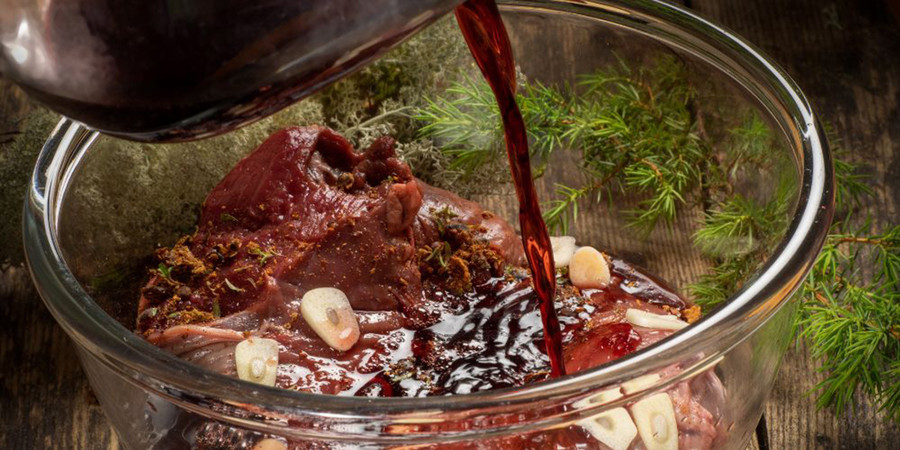
To bring out the best taste and texture, pork needs proper pre-treatment. From slow cooking to salting and marinating, here are 8 powerful techniques to help tenderize even the toughest cuts of meat:
1. Pound the Meat
This method breaks down muscle fibers, making the meat easier to slice and chew.
The cleanest and most effective way? Pound the meat between sheets of plastic wrap or wax paper before cooking.
While a meat mallet is the standard tool, a rolling pin or even a heavy-bottomed pan can work just as well.
2. Use Salt
Salt isn’t just for seasoning—it helps break down protein structures, making the meat more tender.
Instead of salting right before cooking, season your meat at least an hour in advance. Rinse off the excess salt with cold water, pat dry, and then cook as usual.
3. Add an Acidic Marinade
For thinner, tougher cuts like pork loin or ribs, consider marinating in an acidic liquid to soften the texture (and deepen the flavor).
Look for ingredients like vinegar, citrus juice, wine, yogurt, buttermilk, or even soda—these acids break down muscle fibers on the meat’s surface.
Avoid marinating for more than 2 hours to prevent the meat from becoming mushy.
4. Try Kiwi, Papaya, or Pineapple
Surprisingly effective, these fruits contain natural enzymes that tenderize meat.
Kiwi is particularly great thanks to its mild flavor.
Use sparingly—no more than 2 tablespoons of mashed kiwi per cup of marinade—and don’t over-marinate, or the meat may turn too soft.
This works best with thinner cuts like beef brisket or sliced chicken thigh.
5. Braise or Slow Cook
Tough cuts rich in connective tissue—like brisket, pork shoulder, and chuck—shine when cooked slowly.
Over several hours, the collagen breaks down, turning into a tender, juicy dish that melts in your mouth.
6. Cut Meat Into Smaller Pieces
If you’re making stir-fries or diced dishes, chopping the meat into smaller chunks before marinating allows the flavors to penetrate faster and more deeply.
Smaller pieces mean more surface area, making the marinating process faster and more effective than with whole steaks.
7. Score or Lightly Chop with a Knife Back
In many recipes for seared pork chops or pan-fried steaks, chefs lightly pound or score the meat using the back of a knife before marinating.
This helps loosen the muscle fibers and allows the marinade to soak in better—without changing the thickness of the cut like a meat mallet might.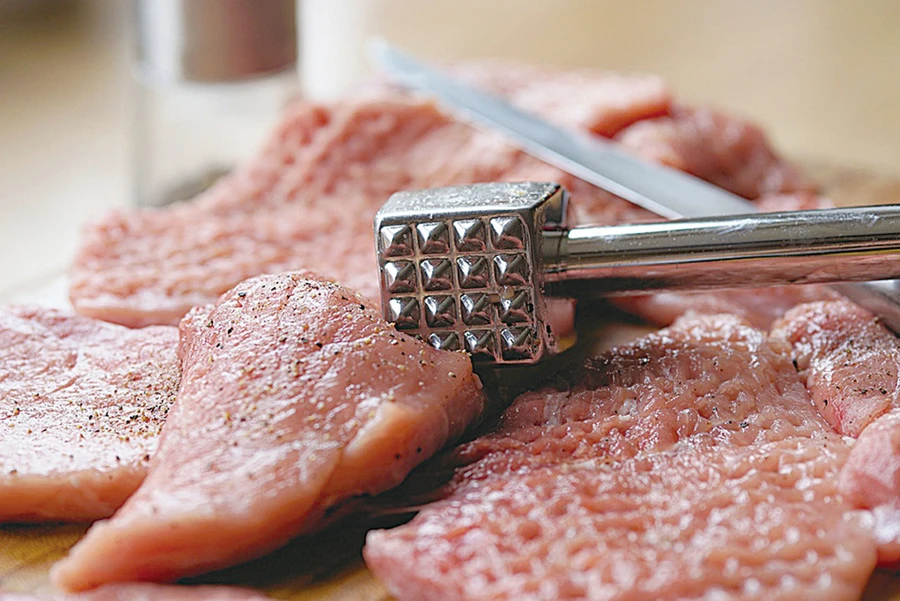
8. Use a Fork to Pierce the Meat
Piercing meat with a fork before marinating, much like scoring with a knife, helps break down tough tissue and lets flavors seep in deeper.
This technique is especially helpful for cuts with skin, like boneless chicken thighs. Just be careful not to overdo it, as too many holes can ruin the texture and taste.
News in the same category

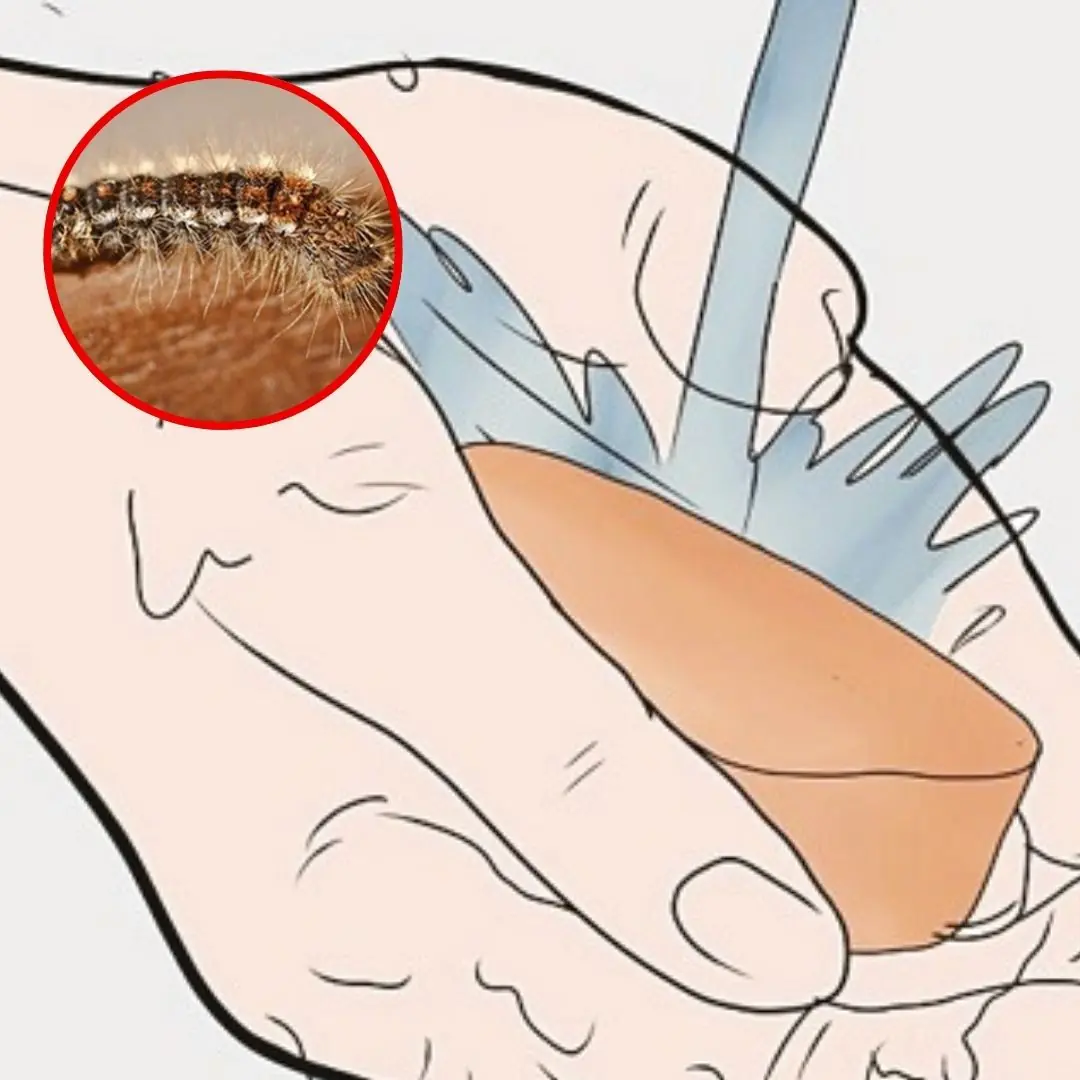
Caterpillar on you: 5 simple steps to treat at home

Put them in your home and mice will run away

Drinking Coffee at These Two Times Is Like “Poiso.ning Your Body”

No Need for Sprays or Mosquito Nets: Just Place This Herb in Your Room and Mosquitoes Will Flee

Hotel Check-In: Say These 3 Sentences to the Front Desk for Instant Perks!

Tips for cleaning yellow pillow cores with tiny mold spots

7 Natural Tips to Improve Teeth Whiteness at Home
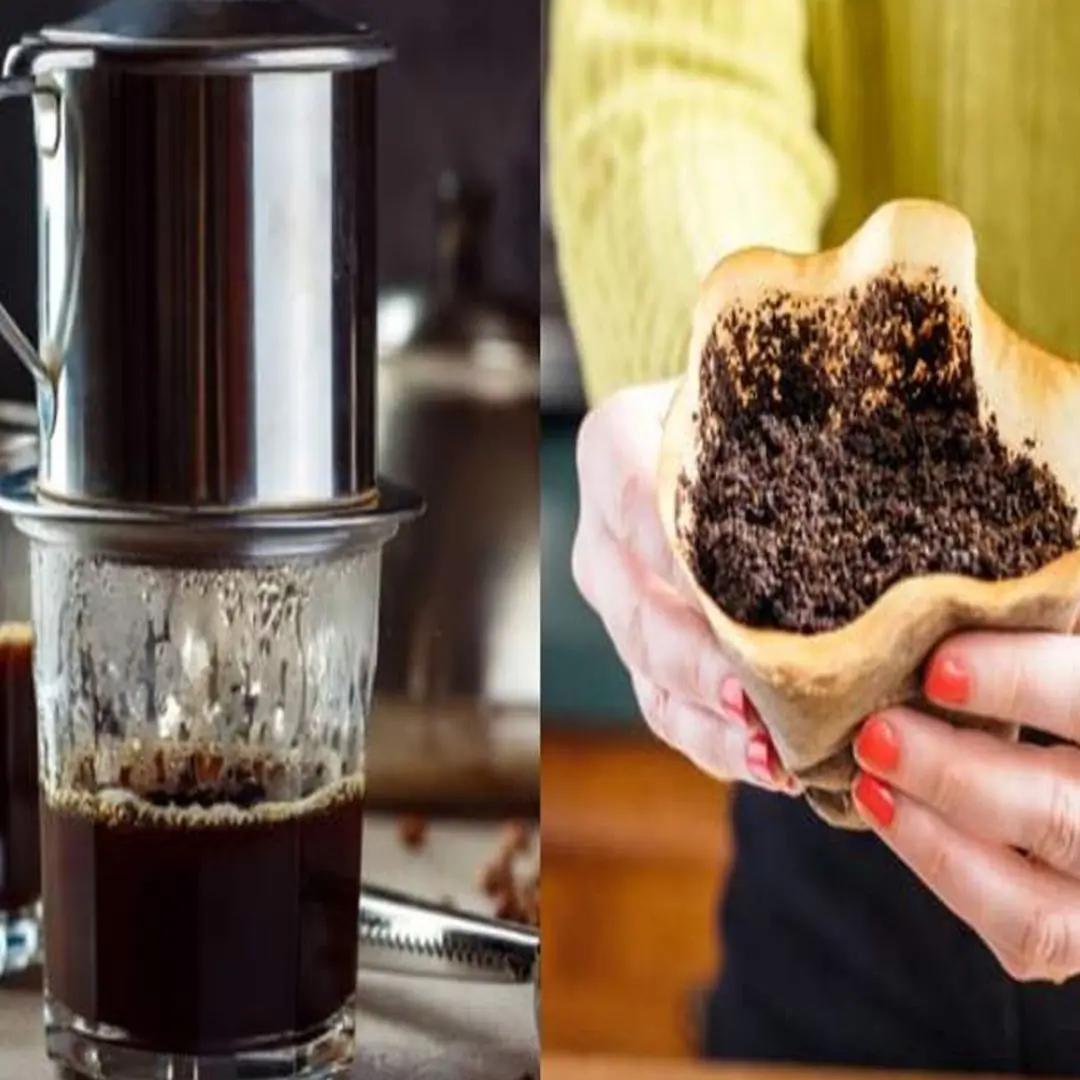
Throwing away coffee grounds is like throwing away money. Uses of coffee grounds that every home needs

6 factors that silently increase the risk of myocardial infarction

How to handle when the refrigerator is leaking water

Tips to fix washing machine making loud noise when spinning

Plants that effectively repel mice

Tips to solve all household problems with 2 old toothbrushes

Tips to clean burnt pan in 3 minutes

Check your eyes now! If you have one of these 4 characteristics, you may have diabetes.

How to Identify Safe, Clean Pork in Just 1 Minute – Anyone Can Do It

Why should you put a lemon at the head of your bed?

Tips to prevent clothes from tangling and wrinkling in the washing machine
News Post

Rub Ginger on the Soles of Your Feet Before Bed, and You’ll Experience Its “Miraculous” Health Benefits

When Installing an Air Conditioner, Avoid These 4 Spots to Protect Your Family’s Health

10 Tips for Growing a Big Pepper Harvest

How to Grow Kiwi in Containers at Home

What happens to your body if you drink orange juice every day?

Revitalizing Orchids Using Tea: A Comprehensive Guide with Handy Tips

4 effective ways to ensure your home is free of cockroaches

Are two-headed snakes real? Why does this phenomenon occur?

A cup of hot water can offer many health benefits

Caterpillar on you: 5 simple steps to treat at home

Otitis media – the “hidden culprit” causing vestibular disorders that many people ignore

Don't drink water before bed but still urinate at night, beware of these 3 diseases

How to Plant a Mango Seed and Successfully Grow
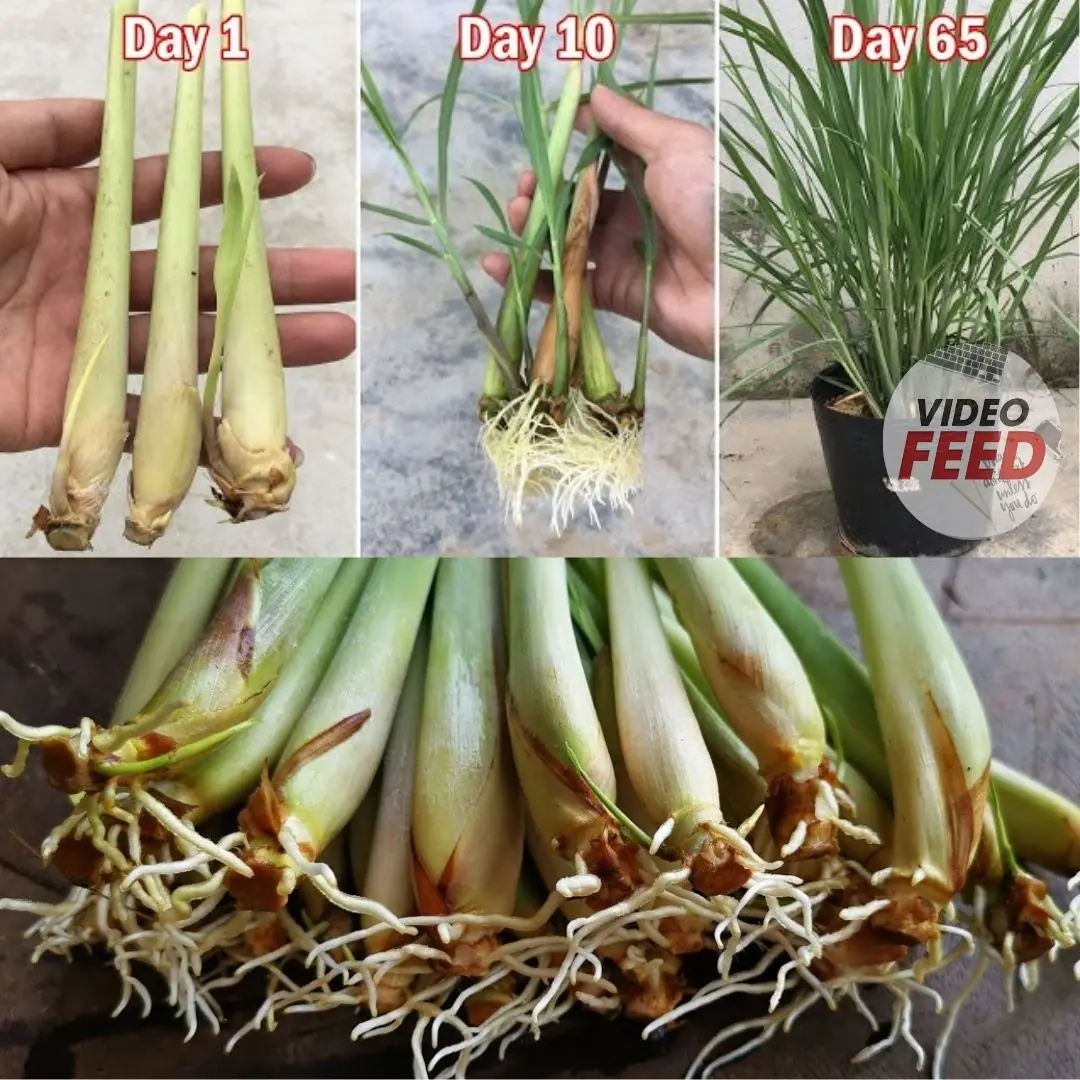
Secrets to growing lemongrass at home – easy to do, suitable for beginners

4 changes in fingers that could be signs of lung can.cer

Grow Your Own Asparagus Plants

Put them in your home and mice will run away

How to Grow a Pineapple at Home: Simple and Fast
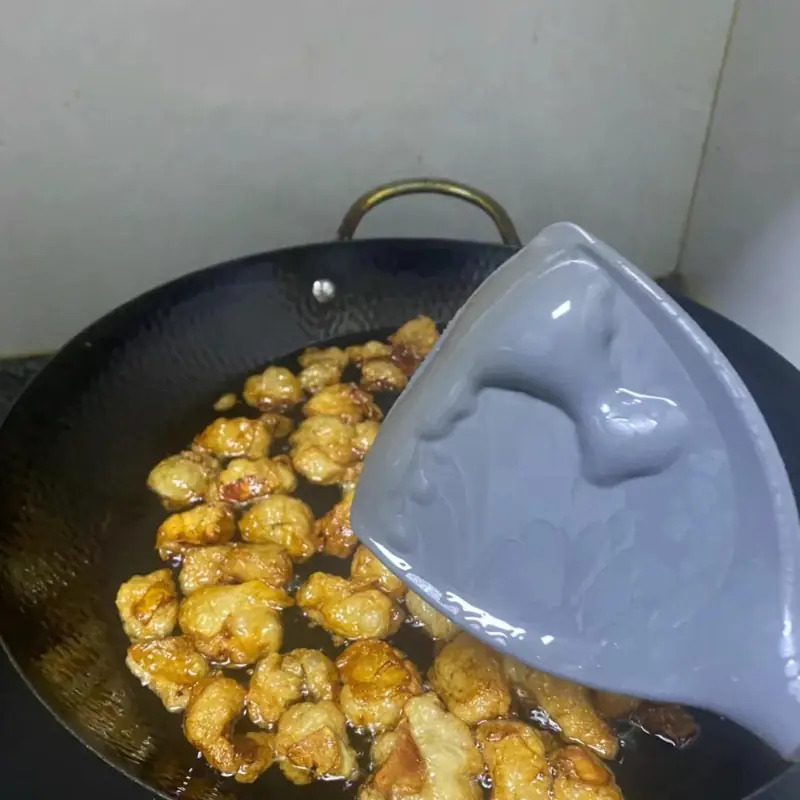
For the Sake of Your Family’s Health, I Strongly Urge You to Get Rid of These 10 Items
